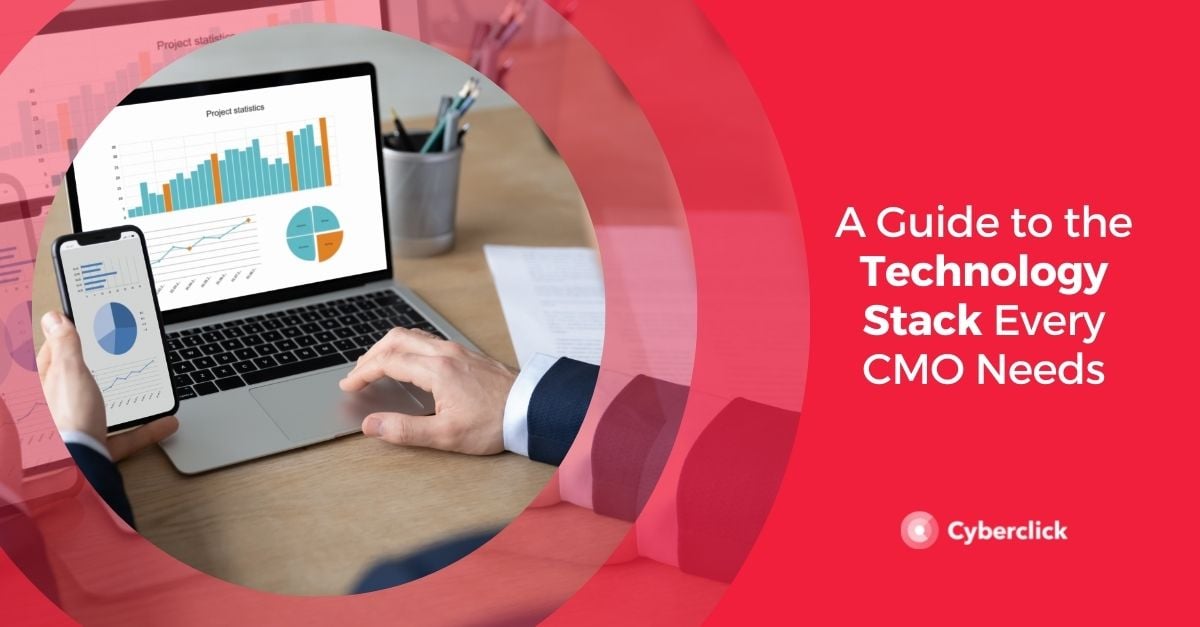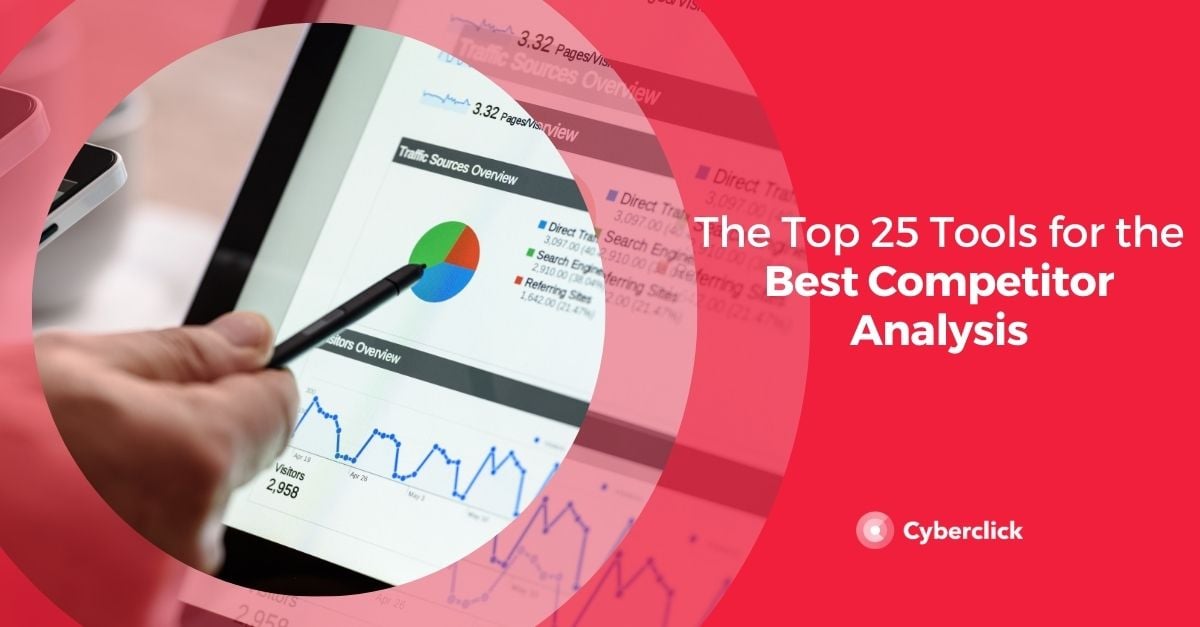Today, it is almost impossible to do marketing without technology. The set of tools used by different departments is known as a "stack," and creating and maintaining it is the CMO's responsibility.
Managing the marketing technology stack presents many challenges. You have to identify which problems require technology solutions, find the right tool at the right cost, integrate it with existing solutions, and make sure the team is using it correctly.


This process is never-ending: as digital transformation progresses and customer needs evolve, it is necessary to keep adding new tools to the stack. In fact, 61.9% of CMOs believe they have unmet needs in their current stacks.
To help you build and maintain your marketing stack, we're sharing CMO Alliance's recommendations which are based on real experiences of international CMOs.
What Tools Should the Marketing Technology Stack Include?
According to the recent CMO Alliance report on growth, 50% of marketing managers believe that the most important tool in their stack for achieving growth objectives is a CRM system. After this comes data analytics tools. Other popular solutions include data modeling tools, email platforms, and LinkedIn Sales Navigator.
But while there are tools that are of a higher priority, the most important thing is that the marketing technology stack forms a cohesive "whole" so that the various components are connected to each other and work together.
When selecting tools, the most important thing to think about is what your marketing objectives are. This will allow you to focus on what you want to achieve with the technology and not just on having the latest and greatest features. If a tool is not helping you achieve your objectives, it is not essential, and may even be counterproductive.
To be more specific, let's look at 5 categories of essential tools recommended by Master Marketing:
- CRM Software. A CRM is essential to be able to centralize and manage all of your contacts and sales opportunities in a collaborative way. One of the most popular tools on the market is HubSpot, which has a free solution.
- Collaboration and communication tools. These are essential for assigning tasks and coordinating your marketing efforts. Some examples of these types of solutions are Trello, Asana, and Evernote.
- Email marketing tools. Email marketing is one of the most flexible marketing strategies, as it can be adapted to all types of brands and to different moments in the customer lifecycle. Email marketing tools allow you to manage your database and send automated emails. MailChimp and Active Campaign are two of the best-known solutions in this sector.
- Social media tools. These are used to manage posts and conversations on different social channels more efficiently. Hootsuite, Buffer, and BuzzSumo are some of the most popular ones.
- Analytics tools. Analytics solutions allow you to measure the results of different marketing campaigns so that you can make informed decisions. Google Analytics is the best tool for measuring website performance.
The Marketing Technology Stack for Remote Teams
According to remote team management experts, it is essential to have a project management system, asynchronous collaboration tools, and reporting solutions that allow you to have a clear view of what is happening.
Artificial Intelligence and Machine Learning Solutions
Artificial intelligence (AI) is increasingly present in marketing technology tools, so you may want to consider including this type of solution in your technology stack.
AI brings benefits to virtually every facet of marketing, but it can't work on its own. You have to provide AI applications with the appropriate amount of quality data to get the most out of them. Therefore, these tools are best suited for companies that have been around for some time and have a continuous flow of data. In addition, you also need to adapt your processes to AI in order to act on the insights that are obtained.
Integrating AI and machine learning into your marketing allows you to gain valuable information about your audience, adapt your actions to the needs of your potential customers and make informed decisions about all aspects of your marketing. But in order to take advantage of all this potential, you can't forget how important the human factor is. The strategic and creative skills of your team can't be replaced by machine learning.
How to Evaluate New Marketing Stack Tools
When it comes to growing your marketing technology stack, you can opt for a more experimental approach and incorporate the latest tools in your industry, go for proven solutions, or try to find a balance between the two. In any case, before adding a new tool, it's always a good idea to think about the role and function of technology in your marketing department.
Once you have added a new tool to the stack, you will need to evaluate how effective it is in helping you achieve your main objectives. It is best to set a deadline and a series of KPIs to analyze whether the new component is delivering results.
If the figures are not what you expect, you should consider abandoning the tool. But before you jump the gun, investigate why the tool is not performing as well as you had hoped. Many marketing technology solutions have annual payment models, so it's in your best interest to give it a chance and try to figure out what's going wrong.
The first step in this research should be to talk to your team to find out how they are using the new tool. They may not be using it correctly, they may not be using key features, or they may simply not understand it.
In this case, the solution is to offer training to your team to encourage the correct use of the tool. Many marketing technology vendors offer in-depth training programs, either through materials on their website, webinars, or even hands-on demonstrations with a sales rep.
Communication with the team is also critical. They need to understand why you're implementing this tool and know that in the medium-term it's going to make their job easier. Sometimes it may simply not be the right tool for your team's needs, but that doesn't mean it's a failure–take the lessons you've learned and keep them in mind when selecting the next tool.
The Role of the CMO in the Evolution of the Marketing Technology Stack
Ultimately, the CMO is responsible for selecting the different tools in the marketing stack and maintaining them, but the amount of first-hand experience and expertise he or she will need to do so depends largely on the size of the company.
In startups and early-stage companies, CMOs start by creating marketing technology stacks for their own use, since they themselves are responsible for many of the company's marketing activities.
As the team grows, the stack evolves based on the team's needs, and the CMO uses the tools less and less. Instead, tasks are delegated to the heads of different marketing areas, and the CMO relies on their feedback to know which parts of the stack are working and which are not.
Therefore, in startups, CMOs are likely to have a deep understanding of the tools in the stack and be the go-to expert on how they work. However, as the stack and the team grows, the CMO focuses on supervisory tasks and the hands-on knowledge of the tools falls to experts in different marketing areas. This does not mean that the CMO is completely disengaged from the operation of the stack, but his or her vision will be more focused on the overall objectives that the tool fulfills and less on its specific functions.
Whatever the size and situation of the company, the CMO has the responsibility to justify the cost of the tools and explain their value to other members of the management team, such as the CEO and CFO. It is therefore imperative that he or she stays up to date on the needs of the team and how they can be solved at the technology level.
CEO y cofundador de Cyberclick. Cuenta con más de 25 años de experiencia en el mundo online. Es ingeniero y cursó un programa de Entrepreneurship en MIT, Massachusetts Institute of Technology. En 2012 fue nombrado uno de los 20 emprendedores más influyentes en España, menores de 40 años, según la Global Entrepreneurship Week 2012 e IESE. Autor de "La empresa más feliz del mundo" y "Diario de un Millennial".
CEO and co-founder of Cyberclick. David Tomas has more than 25 years of experience in the online world. He is an engineer and completed an Entrepreneurship program at MIT, Massachusetts Institute of Technology. In 2012 he was named one of the 20 most influential entrepreneurs in Spain, under the age of 40, according to Global Entrepreneurship Week 2012 and IESE. Author of "The Happiest Company in the World" and "Diary of a Millennial".





Leave your comment and join the conversation